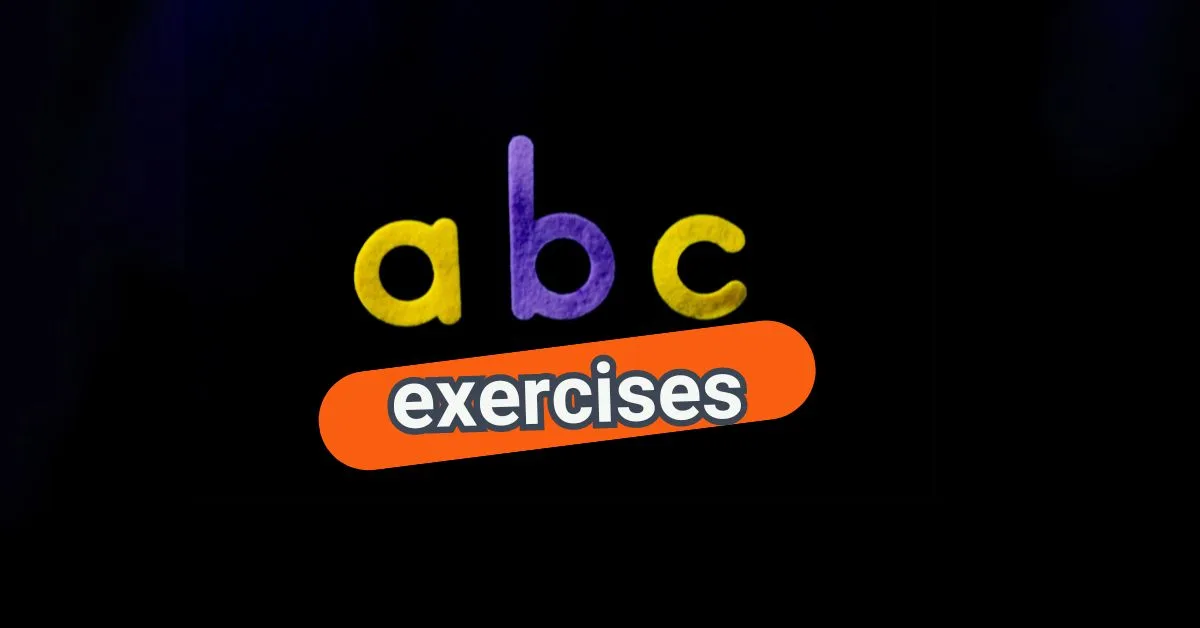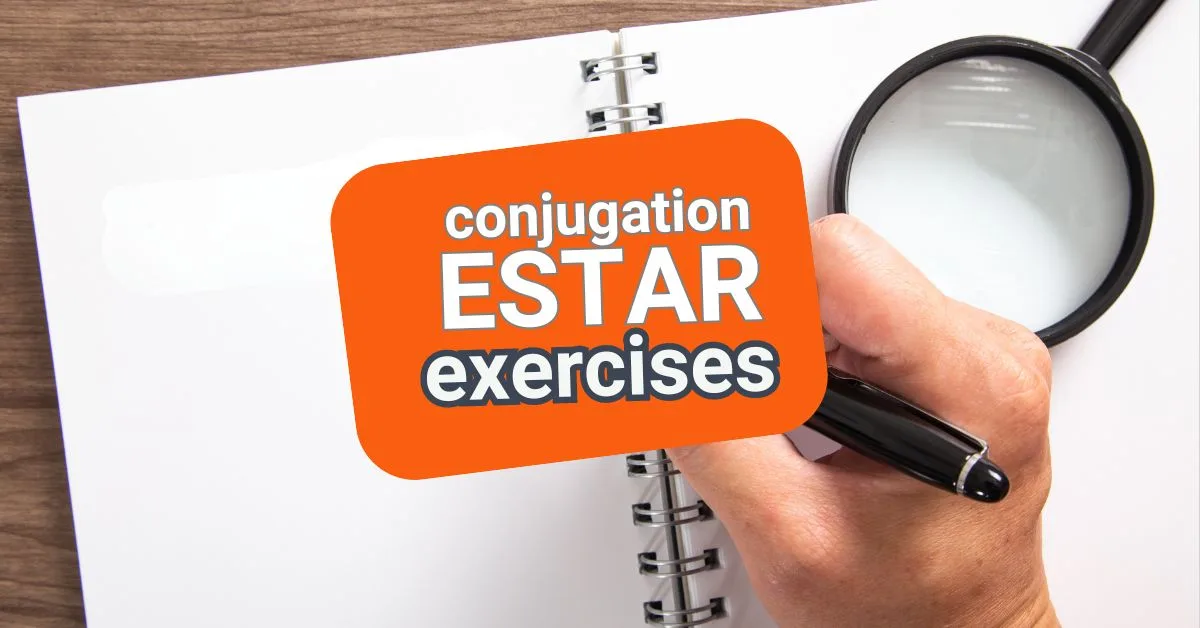If you’ve been learning Spanish for a while, you already know that “ser” and “estar” both mean “to be”, but they are not interchangeable.
But chances are you get stuck in the middle of a sentence without knowing which to be the verb to use in any particular situation. If it is the case, you have reached the right place.
Today at @spanishnowedu, we are going to talk about ser and estar, and have a little quick practice for improving and settling our knowledge on this indispensable know-how for the spanish language. Here you will find a quick review of what this verb means in Spanish speaking, some examples, and an interactive exercise to consolidate your Spanish knowledge. Aquí vamos!!
Because practice makes mastery, we present you this advanced Ser / Estar exercise. We know this practice will be a great resource in your Spanish journey. Remember, mastering these two verb uses is essential to speak Spanish naturally and accurately.
What we DO know so far on SER and ESTAR
Before moving forward, let’s quickly review the main concepts we’ve already discussed. Understanding these basics will help you make the most of today’s exercise.
We have already covered the fundamental rules and key differences between these two verbs in the following articles:
Differences between ser and estar
Conjugate estar in the present tense
Practice the verb estar in the present
Quick Review: When Do We Use Ser and Estar?
Many Spanish learners struggle with ser and estar because English only has one verb for “to be.” However, Spanish uses these two verbs to express very specific ideas. This quick review will help you refresh the core differences and understand why both are essential in everyday conversation.
When to use the verb SER
We use ser to express permanent or defined characteristics, such as identity, profession, origin, nationality, time, dates, and possession. Let’s look at some examples:
- Soy profesora. (I am a teacher.)
- Él es un carpintero. (He is a carpenter.)
- Somos de México. (We are from Mexico.)
- Hoy es lunes. (Today is Monday.)
- Este es mi libro. (This is my book.)
Using the ESTAR verb in everyday situations
We use estar for temporary states and conditions, including emotions, physical or mental states, location, and ongoing actions. Here are some examples:
- Estoy agotado. (I am exhausted.)
- Ella está molesta contigo. (She is angry with you.)
- Estamos en casa. (We are at home.)
- El libro está en la mesa. (The book is on the table.)
- Estamos estudiando verbos en español. (We are studying Spanish verbs.)
For a complete explanation and more examples, visit our full guide: Ser vs Estar.
Common Mistakes to Avoid when using Ser and Estar
Many Spanish learners confuse ser and estar because both translate as “to be.” However, choosing the wrong verb can completely change the meaning of a sentence. Here are the most common mistakes and how to avoid them:
Using ser instead of estar for temporary states
Incorrect: Soy aburrido.
Correct: Estoy aburrido.
Why? Estoy aburrido means “I am bored” (a temporary state). If you say soy aburrido, you are describing a permanent characteristic: “I am a boring person.”
Let’s see another example:
Incorrect: Soy un borracho.
Correct: Estoy borracho.
Why? Soy un borracho means “I am a drunk” (a temporary state). If you say “soy un borracho”, you are describing a permanent characteristic, like saying: “I am a drunk person most of my time.”
These incorrect permanent stated characteristics could lead people to misunderstand you and your personality in a really discomforting way.
Using estar for origin or nationality
Incorrect: Estoy de España.
Correct: Soy de España.
Origin and nationality are considered permanent traits, so they always use ser. In this example, using “estar” means you are at a particular moment in Spain, but it is not related to being born or raised in Spain as your place of origin.
Using ser for emotions or conditions
Incorrect: Soy feliz hoy.
Correct: Estoy feliz hoy.
Emotions, moods, and temporary conditions require estar. If you use ser, it suggests that happiness is a permanent trait.
More examples:
Estoy triste. (I am sad.)
Estoy nervioso antes del examen. (I am nervous before the exam.)
Confusing descriptions with conditions
Incorrect: Está alto. (to describe someone’s height)
Correct: Es alto.
Height and physical description are permanent, so we use ser. Estar alto can be correct if referring to something temporary, such as the level of water or volume: El volumen de agua está alto.
More examples:
Es guapo. (He is handsome.) — permanent or defining trait
Está guapo hoy. (He looks handsome today.) — temporary state
Forgetting that ongoing actions use estar
Incorrect: Soy estudiando español.
Correct: Estoy estudiando español.
The present progressive (-ing form in English) always requires estar + gerund.
More examples:
Estoy leyendo un libro. (I am reading a book.)
Estamos aprendiendo español. (We are learning Spanish.)
Ser and Estar Advanced Tips
Events use ser: La fiesta es en mi casa.
Location of people or objects uses estar: El libro está en la mesa.
Conditions, even permanent, often take estar: La puerta está cerrada.
For more nuances, check out our guide on estar conjugation.
Exercise Ser and Estar (Fill in the Blanks)
Are you ready to Practice SEr and Estar Use?
Below is an interactive exercise.


